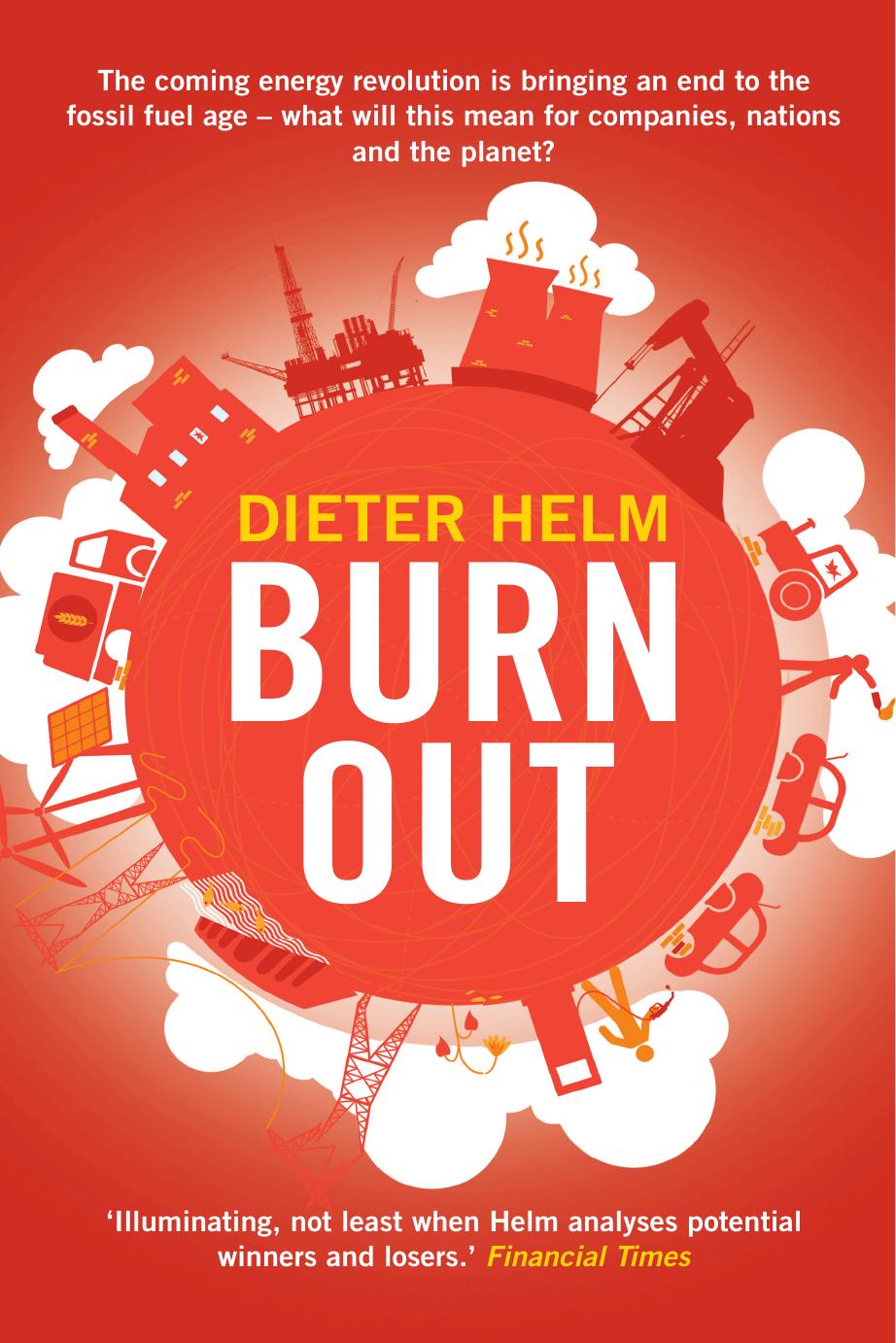Burn Out: The Endgame for Fossil Fuels by Dieter Helm

Author:Dieter Helm [Helm, Dieter]
Language: eng
Format: epub, pdf
Tags: Business & Economics, Industries, Energy, History, World, Modern, 21st Century
ISBN: 9780300225624
Google: B2lADgAAQBAJ
Amazon: 0300225628
Publisher: Yale University Press
Published: 2017-01-15T00:40:16.930000+00:00
China’s economic model
An export-led growth strategy requires others to have a corresponding demand for imports. The Chinese transformation just happened to coincide with the great late-twentieth-century boom in the US and Europe. After the dismal 1970s, from 1980 the Reagan and Thatcher era kicked off a revival of consumption in the West, and it was further underpinned by the communications revolution (again a key ingredient in explaining China’s growth). As the US embraced a new optimism, consumption could be sustained at ever-greater levels on the assumption that the future would be bright, and hence higher future incomes could pay off higher current debt levels. This was as much a part of the commodity super-cycle as China’s satisfying of it.
The great consumer-led boom in the West was accompanied by the abolition of exchange controls and many of the constraints on borrowing, particularly for mortgages. Reagan went for a very Keynesian demand stimulus, backed up by military expenditure. A boom ensued, leading to the first of a series of stock market crashes in 1987. The result was a lurch towards ever-looser monetary policies, which were to last for three decades. Notwithstanding the Japanese crash in 1989, US and European stock markets powered on until 2000 when they too crashed, never to regain their real value again through to 2016. Yet more stimuli were applied – negative real interest rates, George W. Bush’s tax cuts in the US, and Gordon Brown’s splurge of public expenditure in Britain, and similar if more constrained moves across much of Europe. After 2000, consumption boomed again, this time with an asset bubble on a new and frightening scale. This started to burst from 2006, leading to the credit crunch and the sub-prime lending crisis, and to even more stimuli and even lower interest rates, and eventually to outright printing of money (quantitative easing, QE). Nominal interest rates even went negative.
Without this demand from the US and Europe (together nearly half of world GDP), the Chinese transformation would have been an altogether more muted affair. China’s growth was focused on its eastern coast, and on large-scale energy-intensive manufacturing in steel, fertilizers, cement, clothes, electrical goods, and so on.
To meet this demand, China put its cheap labour together with abundant coal. Between 1980 and 2012, the ‘Great Migration’ led to more than 200 million people flocking from the countryside to the cities, and China’s urban population tripled.5 Two numbers stand out from the perspective of coal and steel, the commodity super-cycle and energy. Coal-burn went up from 610 million tonnes to more than 3,500 million tonnes over the same period; by 2000 China was building more coal-fired power stations each year than the UK’s total installed capacity. And China’s production of steel rose from 37 million tonnes in 1980 to 823 million tonnes by 2014.6
Download
Burn Out: The Endgame for Fossil Fuels by Dieter Helm.pdf
This site does not store any files on its server. We only index and link to content provided by other sites. Please contact the content providers to delete copyright contents if any and email us, we'll remove relevant links or contents immediately.
| Arms Control | Diplomacy |
| Security | Trades & Tariffs |
| Treaties | African |
| Asian | Australian & Oceanian |
| Canadian | Caribbean & Latin American |
| European | Middle Eastern |
| Russian & Former Soviet Union |
The Secret History by Donna Tartt(16606)
The Social Justice Warrior Handbook by Lisa De Pasquale(11485)
Thirteen Reasons Why by Jay Asher(7780)
This Is How You Lose Her by Junot Diaz(5753)
Weapons of Math Destruction by Cathy O'Neil(5029)
Zero to One by Peter Thiel(4816)
The Myth of the Strong Leader by Archie Brown(4785)
Promise Me, Dad by Joe Biden(4440)
Stone's Rules by Roger Stone(4412)
Beartown by Fredrik Backman(4403)
How Democracies Die by Steven Levitsky & Daniel Ziblatt(4392)
The Fire Next Time by James Baldwin(4336)
100 Deadly Skills by Clint Emerson(4070)
A Higher Loyalty: Truth, Lies, and Leadership by James Comey(4024)
Rise and Kill First by Ronen Bergman(4008)
The David Icke Guide to the Global Conspiracy (and how to end it) by David Icke(3875)
The Farm by Tom Rob Smith(3869)
Secrecy World by Jake Bernstein(3773)
The Doomsday Machine by Daniel Ellsberg(3725)
